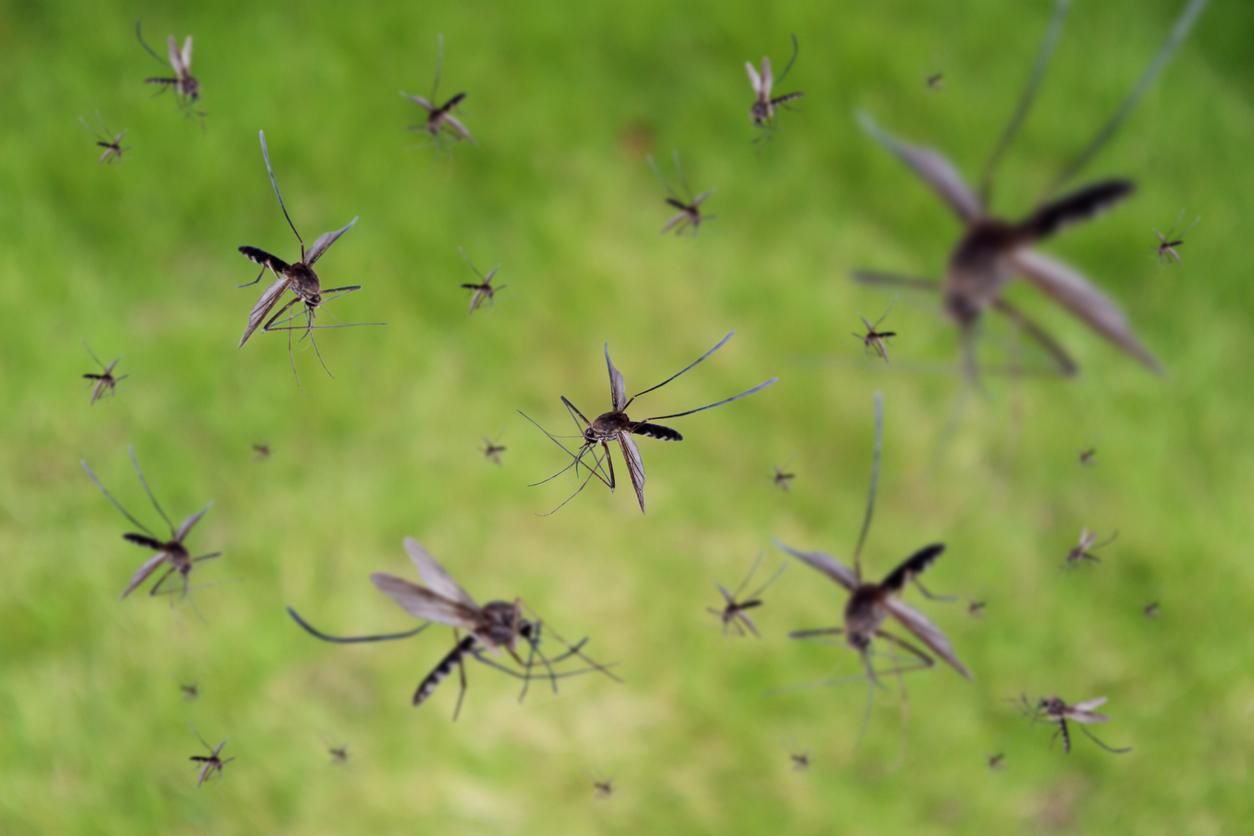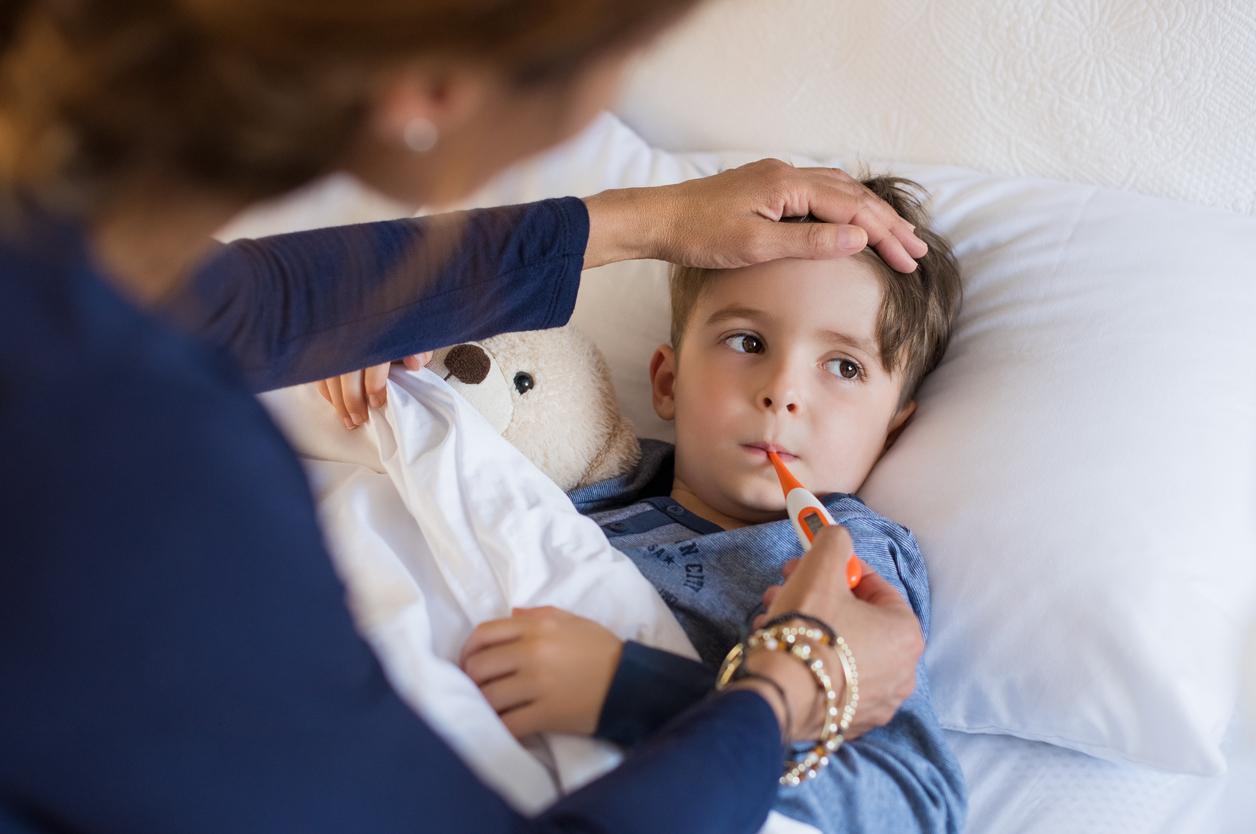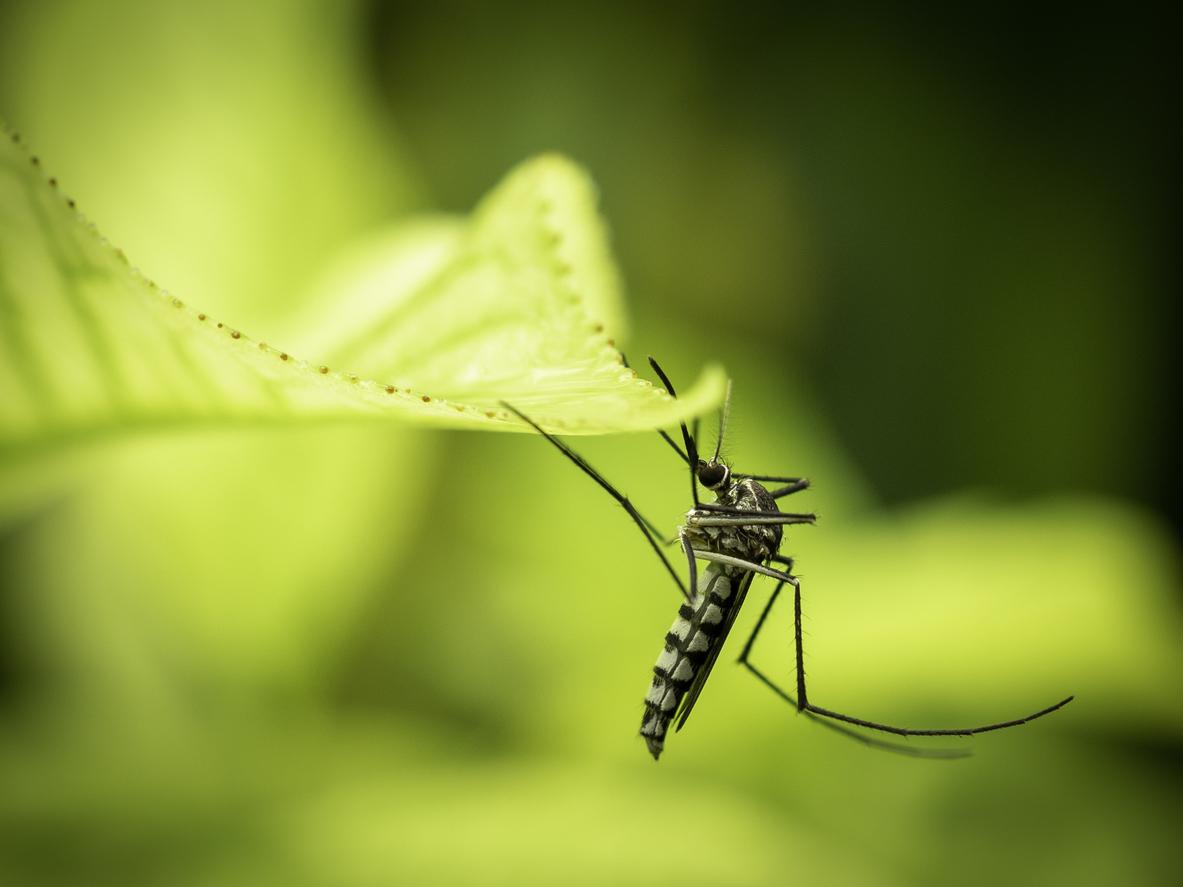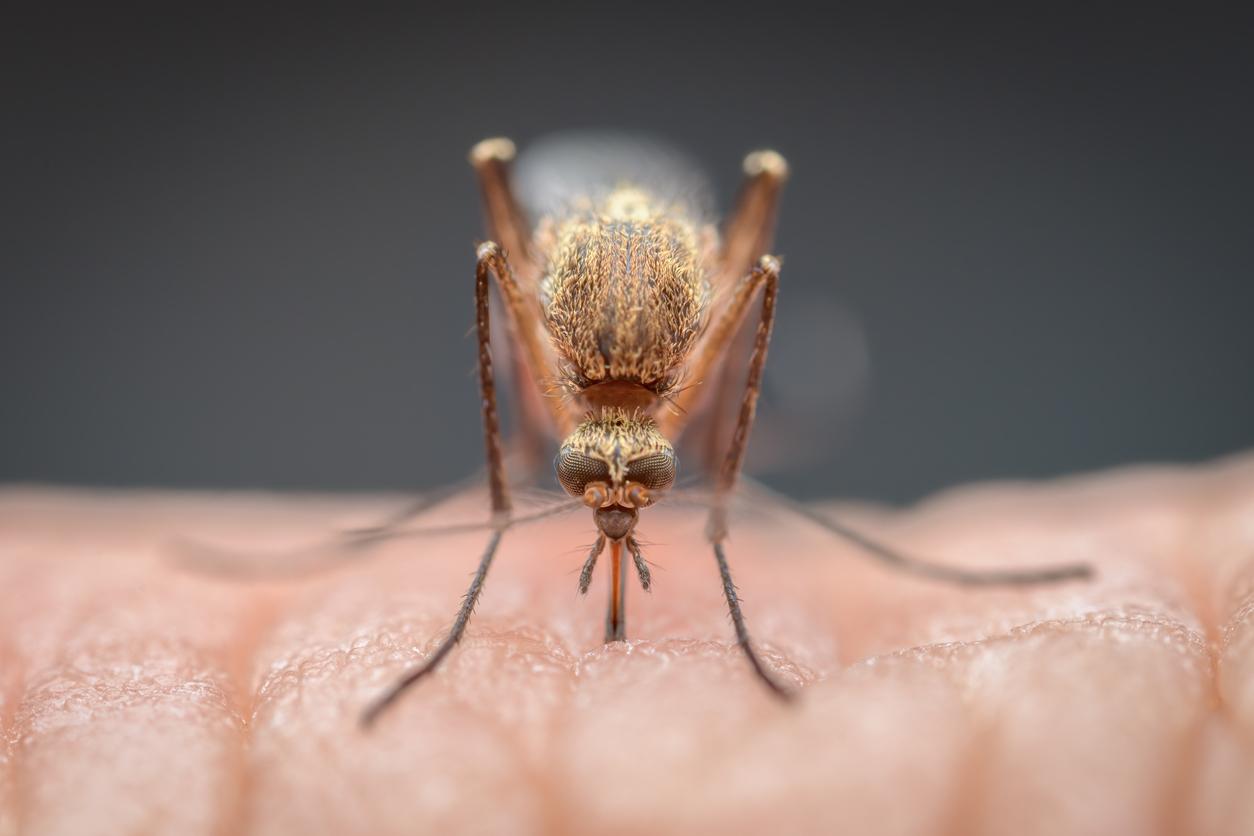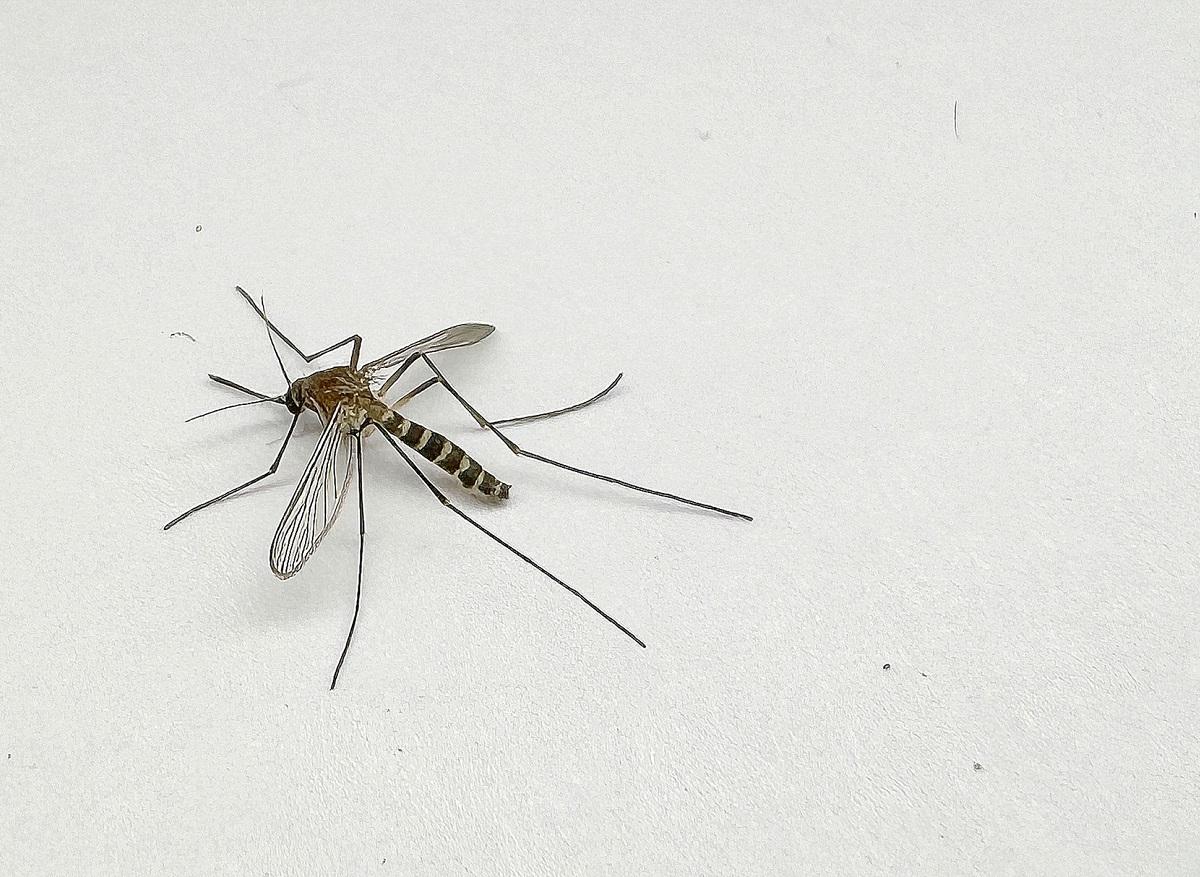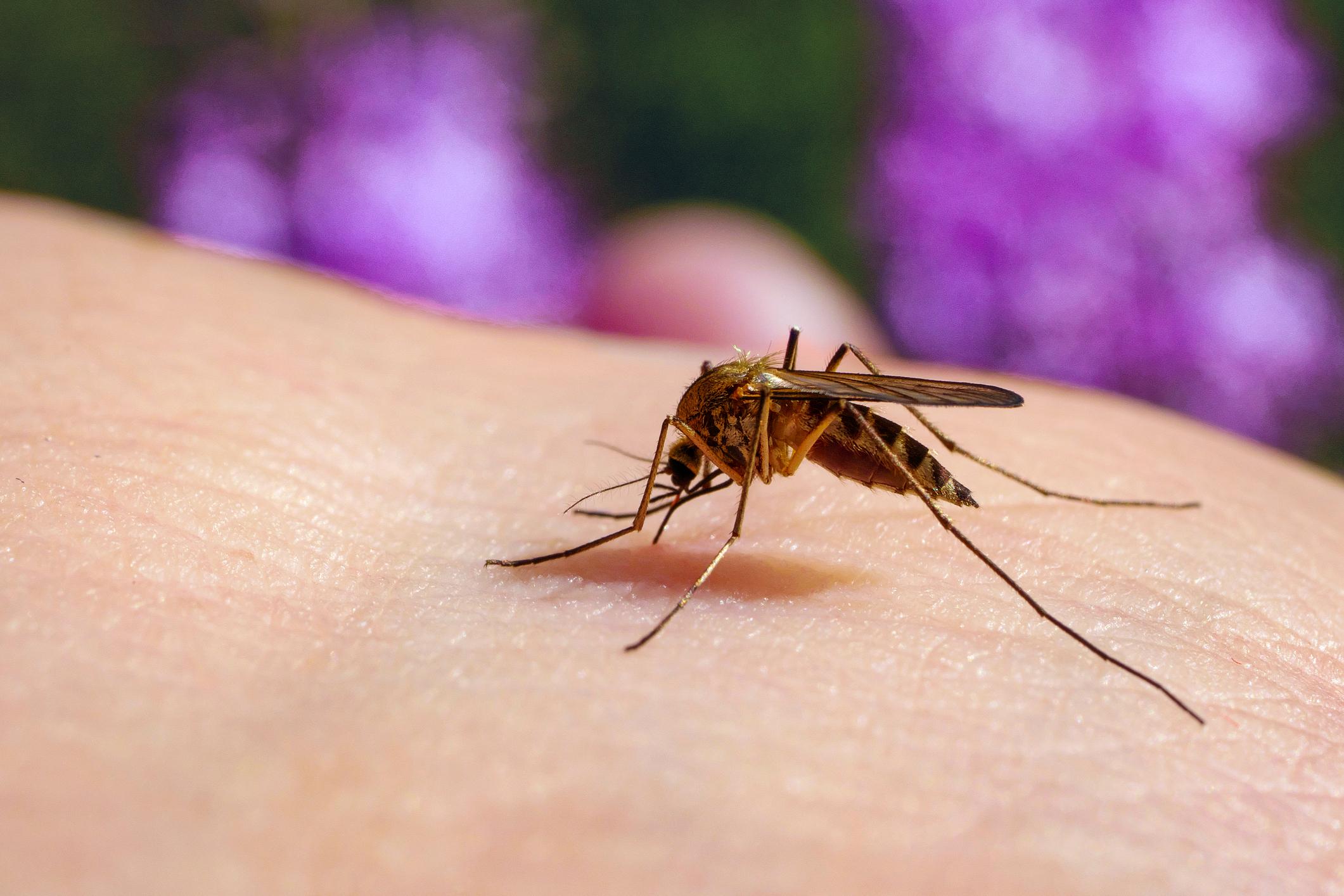A case of dengue has been detected in Ile-de-France, in the town of Alfortville (Val-de-Marne). The municipality and the Regional Health Agency (ARS) immediately reacted by organizing a mosquito control operation this September 21 between 3 a.m. and 6 a.m. This operation consists to spray in the streets an insecticide, identical to that which is present in electrical outlet mosquito repellents.
Since May 1, the start date of the arbovirus surveillance season, 39 cases of dengue have been recorded in Ile-de-France. These are only imported cases (the person from Alfortville was returning from a stay in Africa). But the mosquito control operation makes it possible to break the possible chain of contamination (by biting the sick person then a healthy person, the tiger mosquito can transmit the virus in the population).
What is dengue fever?
Dengue fever (also known as “tropical flu”) is a viral disease caused by an arbovirus which comes in 4 serotypes: DEN-1, DEN-2, DEN-3 and DEN-4. It is transmitted to humans through the bite of a mosquito (Aedes aegypti Where Aedes albopictus : this is the tiger mosquito) infected with the virus. Extremely rarely, the virus can also be transmitted via a blood transfusion or an organ transplant.
To know. According to the World Health Organization (WHO), there are 390 million cases of dengue every year worldwide, including 96 million symptomatic cases. Each year, 500,000 people in the world must be hospitalized because of this viral pathology: among them, 2.5% die.
Dengue fever is an infection that mainly occurs in tropical and subtropical areas, such as South America, Southeast Asia, sub-Saharan Africa or the Eastern Mediterranean. On French territory, dengue fever is present in the West Indies, Guyana, Mayotte and Reunion Island. However, as the WHO points out,the threat of a dengue fever outbreak now exists in Europe“, particularly due to climate change.
What are the symptoms of dengue fever?
To know. Dengue fever is only symptomatic in 50% to 90% of cases.
After an incubation period (ie: the time between viral infection and the first symptoms) of approximately 2 to 7 days, the symptoms of dengue fever are reminiscent of those of the flu. In particular, we can observe:
- A high fever (around 40°C) which comes on suddenly,
- headaches (headaches),
- nausea and vomiting,
- Muscle pain (myalgia) and joint pain (arthralgia),
- Chills,
- A rash reminiscent of measles.
While “classic” dengue usually heals spontaneously after a few days (with a recovery period that can last up to 3 weeks), there is a severe form of the disease: dengue hemorrhagic fever, which constitutes about 1% of symptomatic cases. The symptoms of this serious complication of “classic” dengue fever are:
- A high fever (around 40°C) which comes on suddenly and persists,
- Multiple hemorrhages, in the skin, brain and gastrointestinal: we observe in particular bleeding from the nose and gums,
- In children under 15 years of age: hypovolemic shock characterized by coldness of the body, clammy skin, weak pulse and abdominal pain,
- Breathing difficulties with labored breathing (hyperpnea),
- Persistent vomiting.
In the case of dengue hemorrhagic fever and in the absence of treatment, death can occur within 24 to 48 hours.
Dengue fever: diagnosis and treatment
Diagnostic. The diagnosis of dengue mainly involves a blood test (serology) which aims to identify antibodies specifically directed against the viral infection.
Treatments. As the Institut Pasteur explains, “there is currently no specific treatment or vaccine marketed to combat this disease, but many multi-disciplinary studies are underway“. At the end of 2015, the Sanofi Pasteur laboratory thus developed a vaccine (Dengvaxia®) which is now recommended by the WHO in countries heavily affected by dengue fever. The High Authority for Health (HAS) has however issued an unfavorable opinion on this vaccine for travellers.
Usually mild, “classic” dengue generally resolves spontaneously within a few days. Treatment is essentially symptomatic: it aims to regulate fever and reduce pain.
To know. As the WHO explains, “The healing [vis-à-vis d’un sérotype de la dengue] induces lifelong immunity to that serotype causing the infectionIt should be noted that when an individual is re-infected with another dengue serotype, the risk of developing a severe form (dengue hemorrhagic fever) is greater.
Prevention. The prevention of dengue is essentially based on the means of protection against mosquito bites: repellents in sprays or creams, coils, electric diffusers, long clothing, mosquito nets…”In the event of the onset of a febrile illness during and within 7 days of returning from a stay [en zone endémique], [les voyageurs] should consult a doctor as soon as possiblenot“says the Ministry of Health.
Sources:
Read also :
- Global warming: should we fear a return of dengue fever?
- Chikungunya and dengue: diseases are gaining ground
- Dengue fever: researchers discover how to identify severe forms










